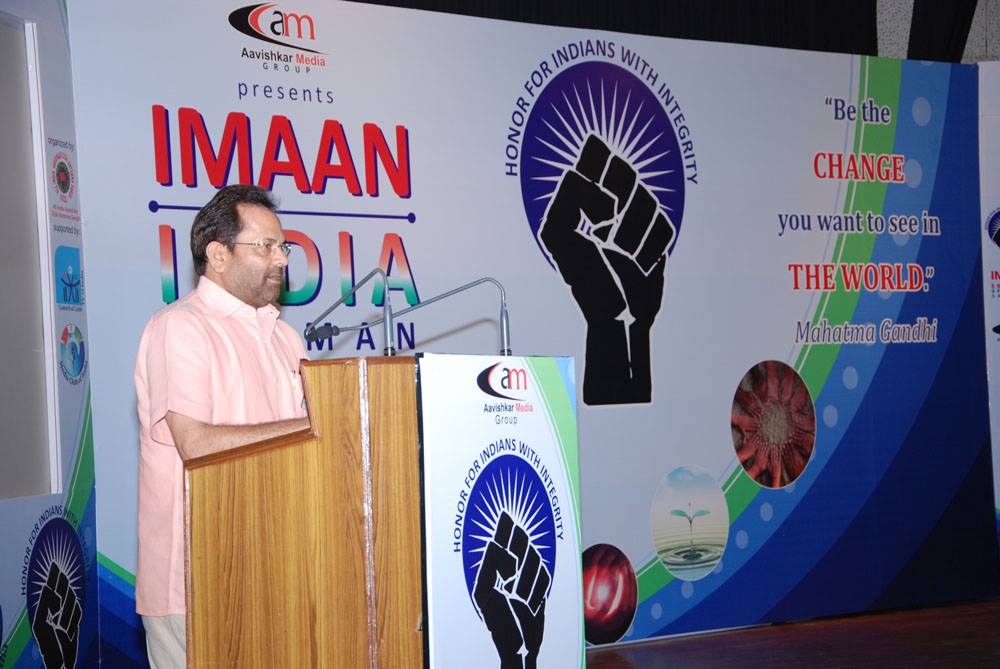Even as overall reach of TV (74 percent), and internet (66 percent) platforms remained steady in the United Kingdom, a new Ofcom research shows TikTok’s reach for news has increased from 1 percent in 2020 to 7 percent in 2021) with half of its user base (for news) aged 16-24 years.
The report, released Thursday, also pointed to some evidence of longer term erosion of radio reach —40 percent in 2022 down from 44 percent in 2018.
The report, Ofcom stated, provides the findings of its 2021/22 research into news consumption across television, radio, print, social media, podcasts, other websites/apps and magazines. It is published as part of a range of market research reports examining the consumption of content, and attitudes towards that content, across different platforms.
The aim of the news report is to inform understanding of news consumption across the UK and within each UK nation. This includes sources and platforms used, the perceived importance of different outlets for news, attitudes towards individual news sources, international and local news use.
Fieldwork for the adults’ survey this year took place from November 6 to December 5, 2021 and March 7 to April 3, 2022. Fieldwork for the teens survey this year took place from November 5 to December 6, 2021 and March 6 to April 4, 2022.
The primary source for this report is Ofcom’s News Consumption Survey. The report also contains information from BARB for television viewing.
Some highlights included the following:
# Different age groups consume news very differently; younger age groups are much more likely to use the internet and social media for news, whereas their older counterparts favour print, radio and TV.
# Reach of print/online newspapers has seen a decrease from 2020 (47 percent) to 2022 (38 percent). The decrease is driven by decreases in print (online newspaper reach remains steady), which have likely been exacerbated by the pandemic.
# Five of the top six TV channels (including BBC One, which remains the top news source across platforms) saw decreased reach from 2021 among online adults.
# Attitudes towards news generally remain consistent with 2020 (across measures such as quality, accuracy, trustworthiness and impartiality) for TV, radio, social media, newspapers and online, with TV performing strongest, and social media performing least well.
# Social media is overtaking traditional channels for news among teens. Instagram, TikTok and YouTube are now their top three most used sources for news.
# Many sources have seen decreases since 2021, with the reach of BBC One/Two decreasing to 24 percent in 2022 (down from 35 percent in 2021).
# At a platform level, attitudes towards news provision (measures such as quality, accuracy, trustworthiness and impartiality) remain consistent with 2020, with TV performing strongest, and social media performing least well. A smaller proportion of social media users rate the sources they use as highly important to them.
# The BBC remains the news organisation with the highest cross-platform audience reach (76 percent) among those following news.
# BBC One remains the top source by reach for adults (53 percent). YouTube (8 percent) has seen growth from 2020 (appearing on the ‘top 20’ list for the first time), while both ITV and Google see decreases in reach. There is significant variation in the top sources used across age groups – among younger groups social media sources are particularly prevalent (Instagram is the top source among 16-24s with a reach of 46 percent).
# BARB (Broadcasters’ Audience Research Board of the UK) data shows that people turned to TV channels for news at the start of the pandemic and then turned away as it progressed.
# News Consumption Survey data (among online adults) supports this; from 2021 to 2022 BBC One, ITV, BBC News Channel, Sky News Channel and BBC Two all saw decreases in reach.
# At a channel level, longer term, reach of Capital and Heart for news appears to be decreasing, as does BBC local radio in England. BBC listeners generally rate BBC highly across attitudes particularly high quality (78 percent), trust (75 percent) and accuracy (74 percent).
# Users of TikTok for news get more of their news on TikTok from ‘other people they follow’ than from ‘news organisations’.
# Social media platforms continue to score relatively poorly on attributes, such as ‘trust’, but most do perform better on ‘offers a range of opinions’. Although not as trusted as other platforms, around a third of users of social media sites do trust them for news.
# The BBC website / app remains the most used ‘other website/app’, used by 23 percent of UK adults, followed by Google (search engine) used by 12 percent of UK adults, a decrease from 2020.
# YouTube, Yahoo News’ and Apple News’ reach all have increased since 2020. 13 percent of UK adults say they use news aggregators. The reach of podcasts is small overall (10 percent).
# While the reach of print newspapers is decreasing, online newspaper reach remains steady.
# The reach of podcasts is small overall (10 percent). Regular users of BBC Sounds for news (2 percent of all adults) gave it high ratings for quality (78 percent), accuracy (75 percent) and trust and impartiality (both 70 percent).
# Attitudes towards online sources’ news provision remain consistent with 2020.
 Warner Bros unveils blockbuster 2025 slate featuring ‘Mickey 17’, ‘Superman’, and more
Warner Bros unveils blockbuster 2025 slate featuring ‘Mickey 17’, ‘Superman’, and more  Trump suggests US govt own 50% of TikTok’s American biz
Trump suggests US govt own 50% of TikTok’s American biz  Decision to allocate satcom will benefit consumers: Telecom Minister
Decision to allocate satcom will benefit consumers: Telecom Minister  TikTok starts restoring service in US, thanks Trump
TikTok starts restoring service in US, thanks Trump  ZEE TV, Indira IVF tackle infertility stigma with poignant mini-series ‘Vitromates’
ZEE TV, Indira IVF tackle infertility stigma with poignant mini-series ‘Vitromates’  ZEE Entertainment’ Shiva Chinnasamy resigns
ZEE Entertainment’ Shiva Chinnasamy resigns  SPN to b’cast inaugural World Pickleball League
SPN to b’cast inaugural World Pickleball League  ‘Ramayana: The Legend of Prince Ram’ to premiere at Maha Kumbh
‘Ramayana: The Legend of Prince Ram’ to premiere at Maha Kumbh 









